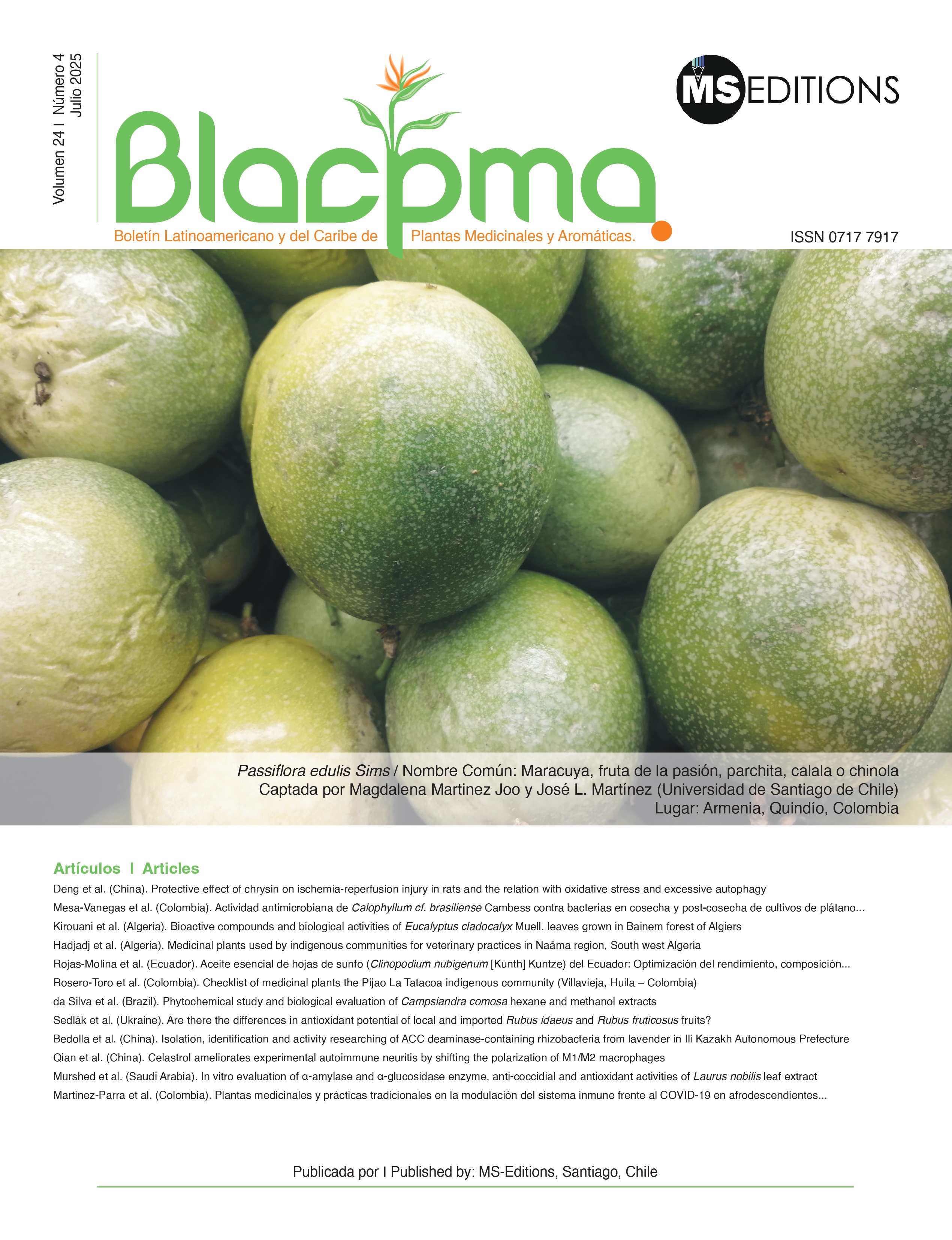Celastrol ameliorates experimental autoimmune neuritis by shifting the polarization of M1/M2 macrophages
DOI:
https://doi.org/10.37360/blacpma.25.24.4.43Keywords:
Celastrol, Experimental autoimmune neuritis, Macrophage polarization, NRF2/HIF-1α, Hypoxic responsesAbstract
Guillain–Barré syndrome (GBS) is an autoimmune disease with inflammatory infiltration. Macrophage polarization is involved in GBS progression. Celastrol has anti-neuroinflammatory effects, but its mechanism in experimental autoimmune neuritis (EAN) is unclear. We hypothesized that celastrol might shift macrophage polarization via the NRF2/HIF-1α pathway. EAN was induced in male Lewis rats by immunization. Celastrol (1 mg/kg) was administered intragastrically starting from the acute phase onset. Clinical scores, histology, macrophage polarization (flow cytometry and immunofluorescence), cytokines (ELISA), and NRF2/HIF-1α expression (Western blot and immunofluorescence) were assessed. Celastrol significantly reduced EAN severity and neuroinflammation, shifting macrophages from M1 to M2. Pro-inflammatory cytokines decreased, while anti-inflammatory cytokines increased. Celastrol also upregulated NRF2 and downregulated HIF-1α expression. Celastrol may improve EAN by promoting M2 macrophage polarization via the NRF2/HIF-1α pathway, suggesting its potential as a novel therapeutic agent for GBS.
Downloads
Downloads
Published
How to Cite
Issue
Section
License

This work is licensed under a Creative Commons Attribution-NonCommercial-NoDerivatives 4.0 International License.

